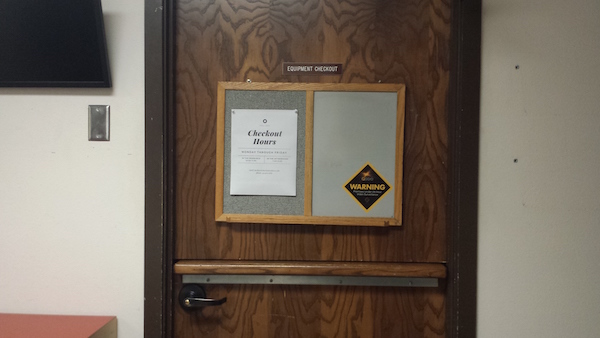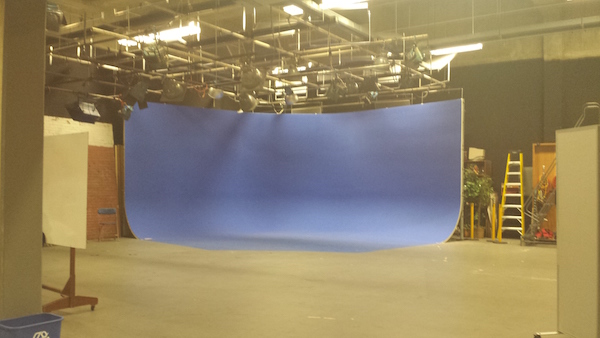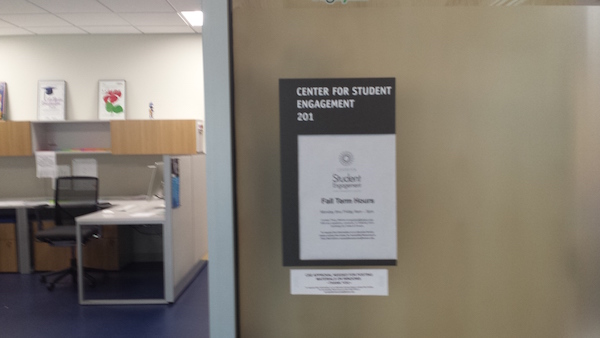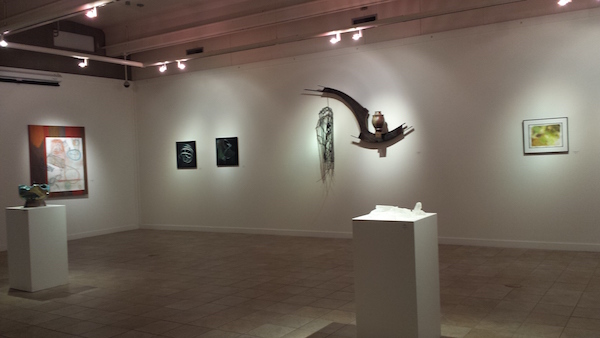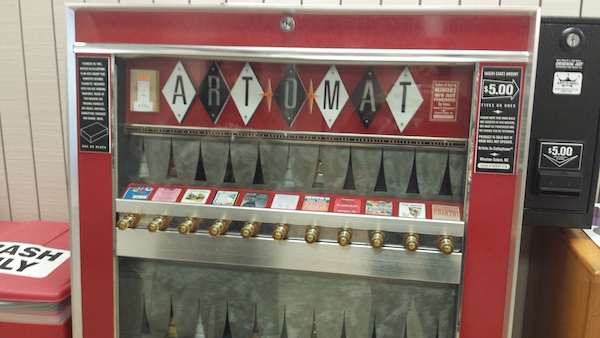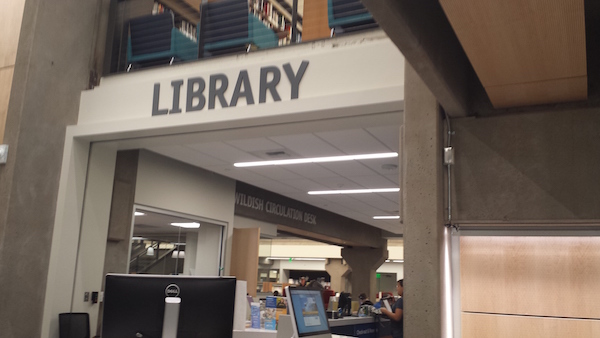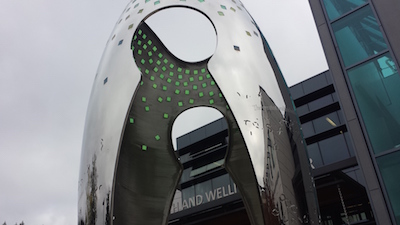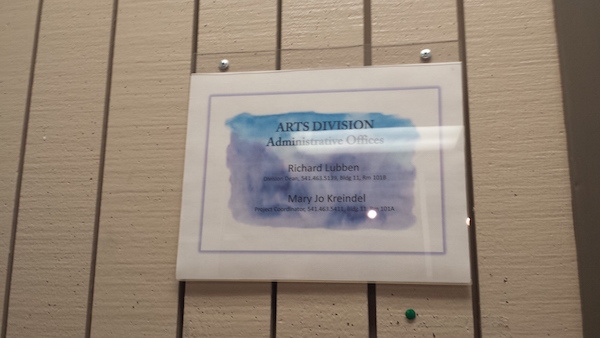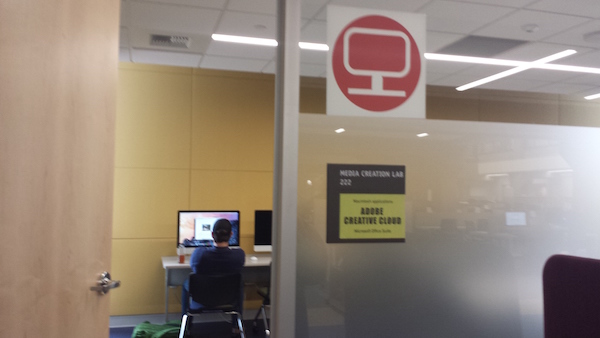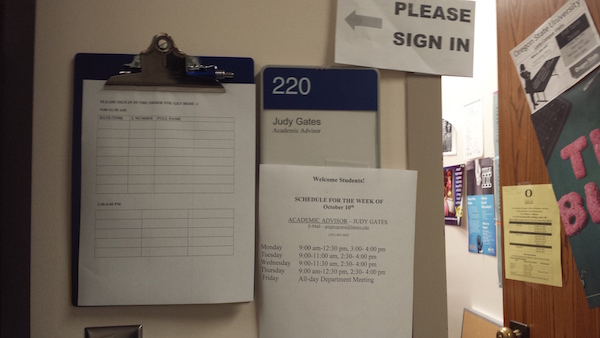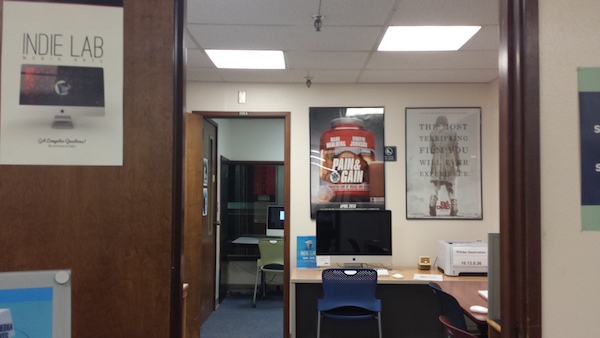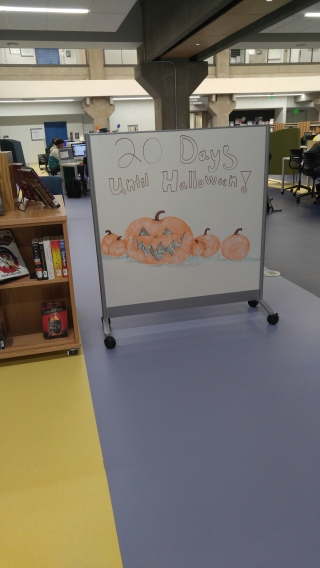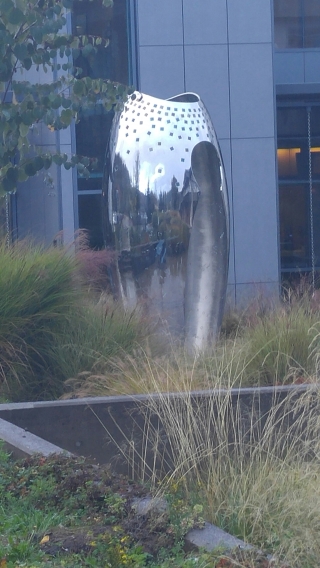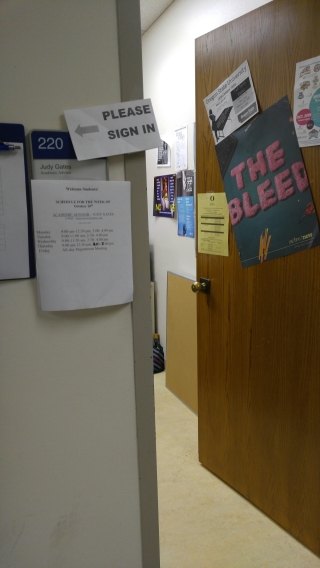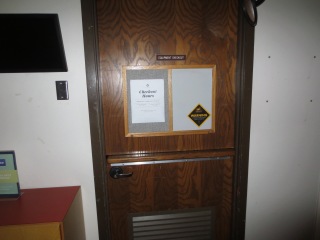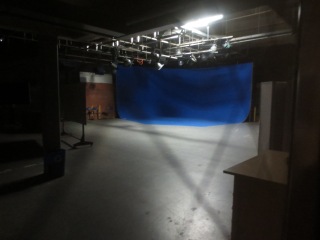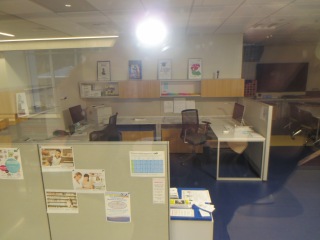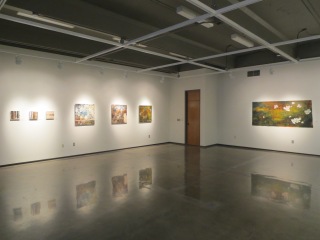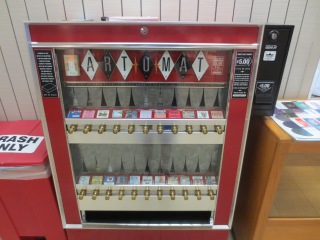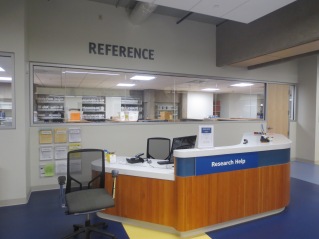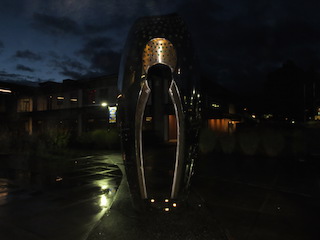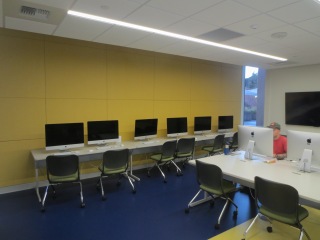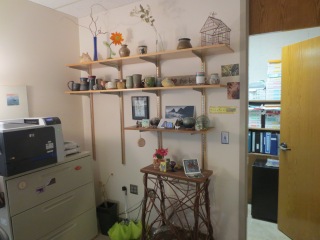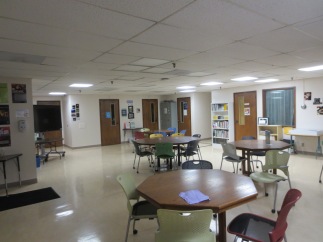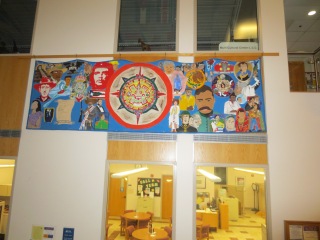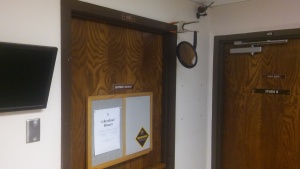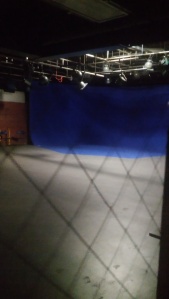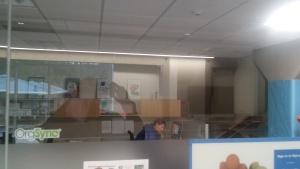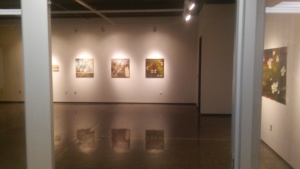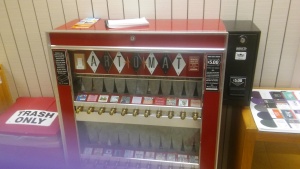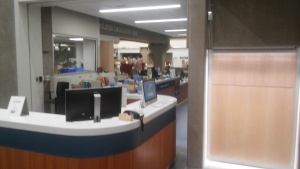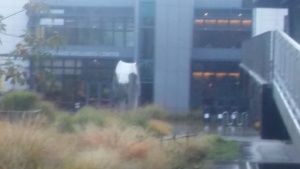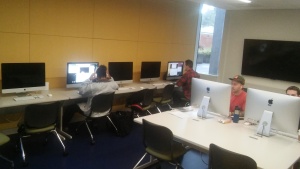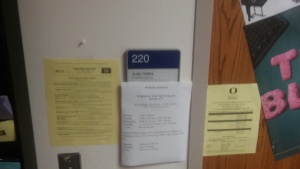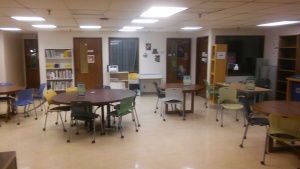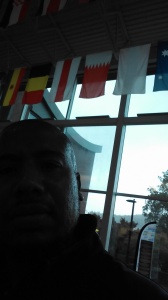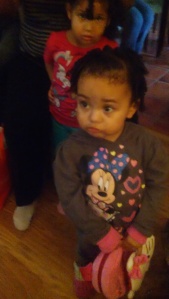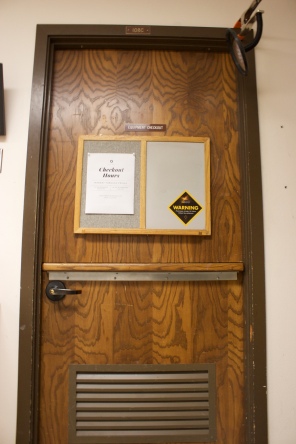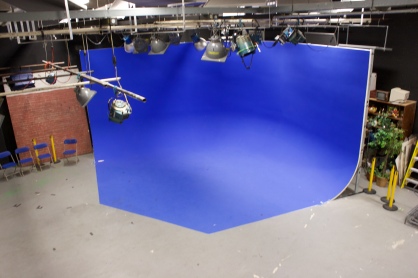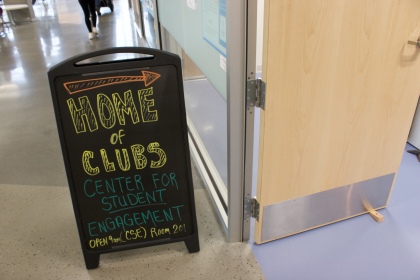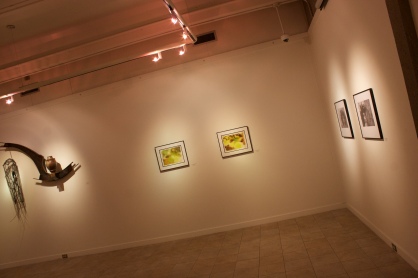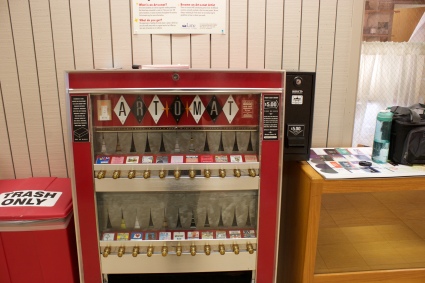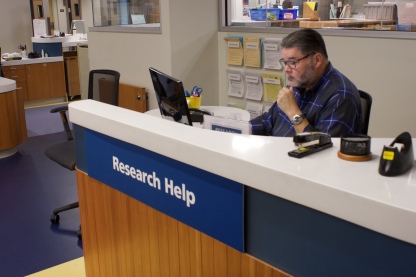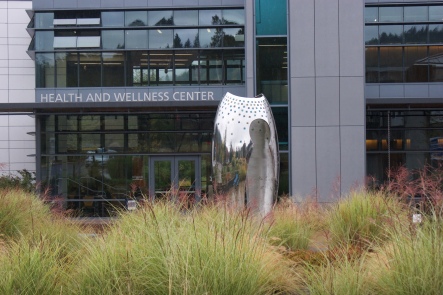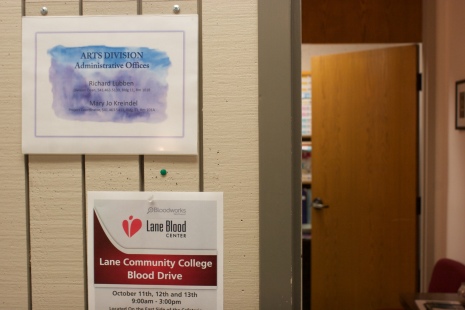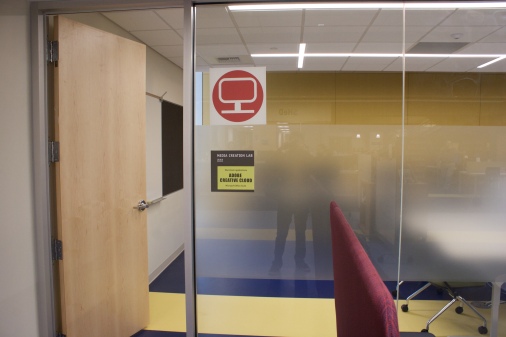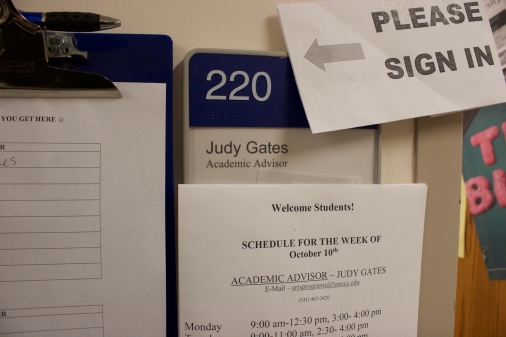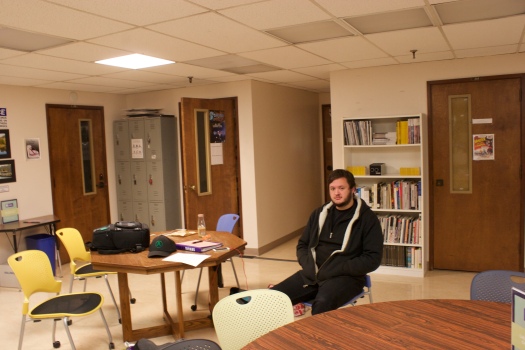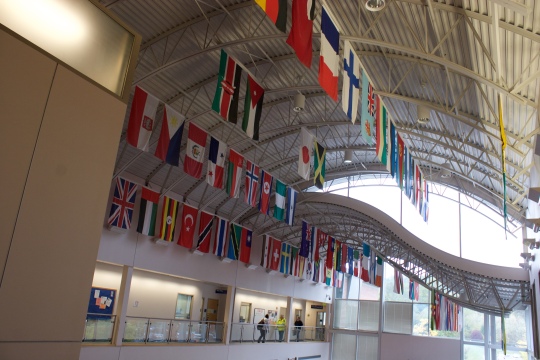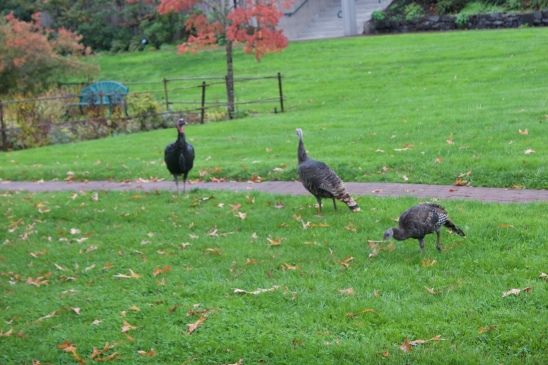I have no clue what I’m doing.
There it is, out in the open. I, as a consumer of media, am blind to the nuances of photography and the effects it has on me. ISO? Shutter speed? Aperture? I feel as though I’ve stumbled into a secret meeting with codes that I haven’t learned. Even though I feel excluded, I’ve begun to realize a few things about photography and cameras.
-
-
- it’s not by accident
- everything is planned
- you need to take 10 shots of the same thing
- ISO shutter speed and aperture actually all make a lot of sense
-
I may seem like I’m going back on myself, claiming that I have no idea what any of these things are, but I reassure you that it’s true that I’m still lost. We take these tools for granted, but they’re essential to our every day life. I understand ISO, shutter speed, and aperture, but not by those terms. When you think of it in a more generic “layman’s terms”, these scary words all make more sense.
- ISO is just how sensitive your film is to light
In the sense that film took time to develop, a more sturdy one is called a “slow film” whereas one that takes in more light quicker would be called a “fast film”
The lower your ISO is, the less sensitive it is to light and the longer it takes to develop. The higher, the more sensitive it is and the faster it develops.
This is important to pay attention to because you want to ensure you have the right amount of light being taken in. - Shutter speed is how long it takes for the lens to “blink”
In respect to ISO regarding the effects of light, shutter speed controls the “how long” it takes light in.
This is important for many reasons; exposing a slow film for a longer time for an effect or for a clearer image, or for taking a very fast but bright image with fast film. - Aperture is a hole in the lens, controlling how much light gets into the camera
This is by far one of the more difficult to understand, yet crucial aspects of a camera.
Much like our pupil, it dilates from certain lengths to create a depth of field, allow a certain amount of light in and the like.
-
-
-
- Aperture controls a really cool thing called “Depth of Field”
Now there’s a very fancy equation for Aperture diameters called f stops.
The F stands for focal length, D stands for diameter of the entrance pupil, and N stands for a number.
N= F/D
What does that mean to me? Nothing. It’s garbage. What does it mean to others? Mathematic harmony and apparently it’s really cool? What does it mean to us?
Based on the size of the aperture, signified by F-stops, you can control how much is focused on and where it’s focused on.
To sum it up, I will create a text based graphic for your viewing pleasure.
- Aperture controls a really cool thing called “Depth of Field”
-
-
Where "-" is the distance not in focus and "X" is the part of the image IN focus
SMALL F STOP ---XX--------------- MEDIUM F STOP --XXXX------------- LARGE F STOP -XXXXXXXXXX--
How do all of these things work in actuality? I DON’T KNOW! This is where the whole “I don’t know what I’m doing aspect falls in” and the term “gut instinct” gets thrown around with shifty glances. What I do know is that the camera is an eye without an brain attached. This is a good thing and a bad
thing because we get an unfiltered view of reality. It also means we have to work a little harder to create interesting and beautiful compositions.
One of my favorite forms of photography is astrophotography. There’s something so simply humbling about the stars, and photographing them with clarity somehow makes them feel personal. It’s as if something so intangible is suddenly within reach. Photos like this take filters to filter out light–because for the size of aperture and long time for shutter speed even 100 ISO is too much.

With an exposure like this, you capture the movement of the earth. The blur of the stars creates a wonderful path for our eyes to travel, and the color of the sky contrasts against the yellow hue of the field. There are leading lines from the field from out of the image to give us an entrance into the piece, and a calmer center of the sky. The setting is calm and its amazing to think of how carefully he chose his setting and settings.
http://frikosal.blogspot.com is Manel Soria’s blog, and you can find more of his work there.

On another end of photography, I adore sports based images. Specifically dancers. Specifically ballet dancers. To the same respect as my love for the capturing of the heavens, I find myself in awe and in
love with the idea of capturing a moment of flight and pure magic.
With an image like this, unlike a time lapse, you need a high ISO, smaller F stop, and an incredibly fast shutter speed. This is all to optimize the amount of light entering the camera for the speed at which you’re photographing. I think the beauty from these shots is not only instinctual from out desire to admire dancers, but from the weightlessness implied through composition. For a moment, Misty Copeland is flying. She is free and she is strong, and to capture the moment of her flight in it’s beauty is something we can respect. Unlike landscape and astrophotography, dance photography is about transforming an art form primarily based on experiencing the moment into a single moment. To capture that one moment takes either 500 shots, or precise and careful planning and execution.
http://www.henryleutwyler.com this is the photographer’s website.
Through examining other’s works, you can begin to realize that we have a very innate sense of how a camera functions. We can critique and appreciate other’s artwork even without the basis of how a camera functions. Though, with the knowledge, we can better formulate our ideas and opinions. Not only that, we can learn from them. I hope to take M Soria’s technique with me to a mountain top one day. It would be neat to catch dancers in the middle of jumps. It’s only with understanding these fancy concepts of ISO, Shutter Speed, and Aperture that we can learn.
So time to take more photos and learn from all this, I guess.











